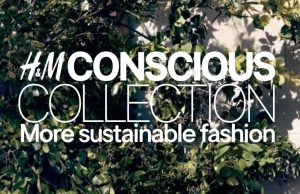The integration of food and the economic market has made for an interesting paradigm within global food systems. To this end, food systems revealed themselves to be a more complex interaction between people and their environment (economic, ecological, or otherwise). Though I did not agree with all of Michael Pollan’s arguments throughout Part III, or the whole book for that matter, a point I did find compelling was the following: “I no longer think it’s possible to separate our bodily health from the health of the environment from which we eat or the environment in which we eat” (144). The industrialization of the way we create, produce, transport and consume food has created an alternate chemical platform from which we can export food to our plate.

A Piece of Meat vs. What We Eat


 Reflecting upon the point that Jennifer McNulty brought forward from Andrew Szasz, we can see that a marketer’s dream has been created through newfound public concerns about this exact industrialized platform for what we consume and its implications. Environmental degradation (being used broadly to encapsulate issues from climate change to deforestation) is inherently tied to food. Consequently, sustainably farmed meat, organic vegetables and everything in between have become a new ‘brand’ of food, each with their own mark-up. This new market can be seen even in what we wear, with stores like H&M creating a line of ‘conscious’ clothing.
Reflecting upon the point that Jennifer McNulty brought forward from Andrew Szasz, we can see that a marketer’s dream has been created through newfound public concerns about this exact industrialized platform for what we consume and its implications. Environmental degradation (being used broadly to encapsulate issues from climate change to deforestation) is inherently tied to food. Consequently, sustainably farmed meat, organic vegetables and everything in between have become a new ‘brand’ of food, each with their own mark-up. This new market can be seen even in what we wear, with stores like H&M creating a line of ‘conscious’ clothing.

I certainly do not take, as least as I perceived it, the almost cynical view of Szasz about these decisions being a way for individual’s to assuage their guilt about human contribution to environmental ruin. MacKendrick and Stevens also did not wholly support Szasz’s claim that people shop environmentally consciously in order to satisfy their concerns about environmental hazards. Though I find the general idea to be reflective of the ways myself, family and friends make choices about the way we consume, these are conscious choices to make small positive changes where possible. We have to start somewhere.
